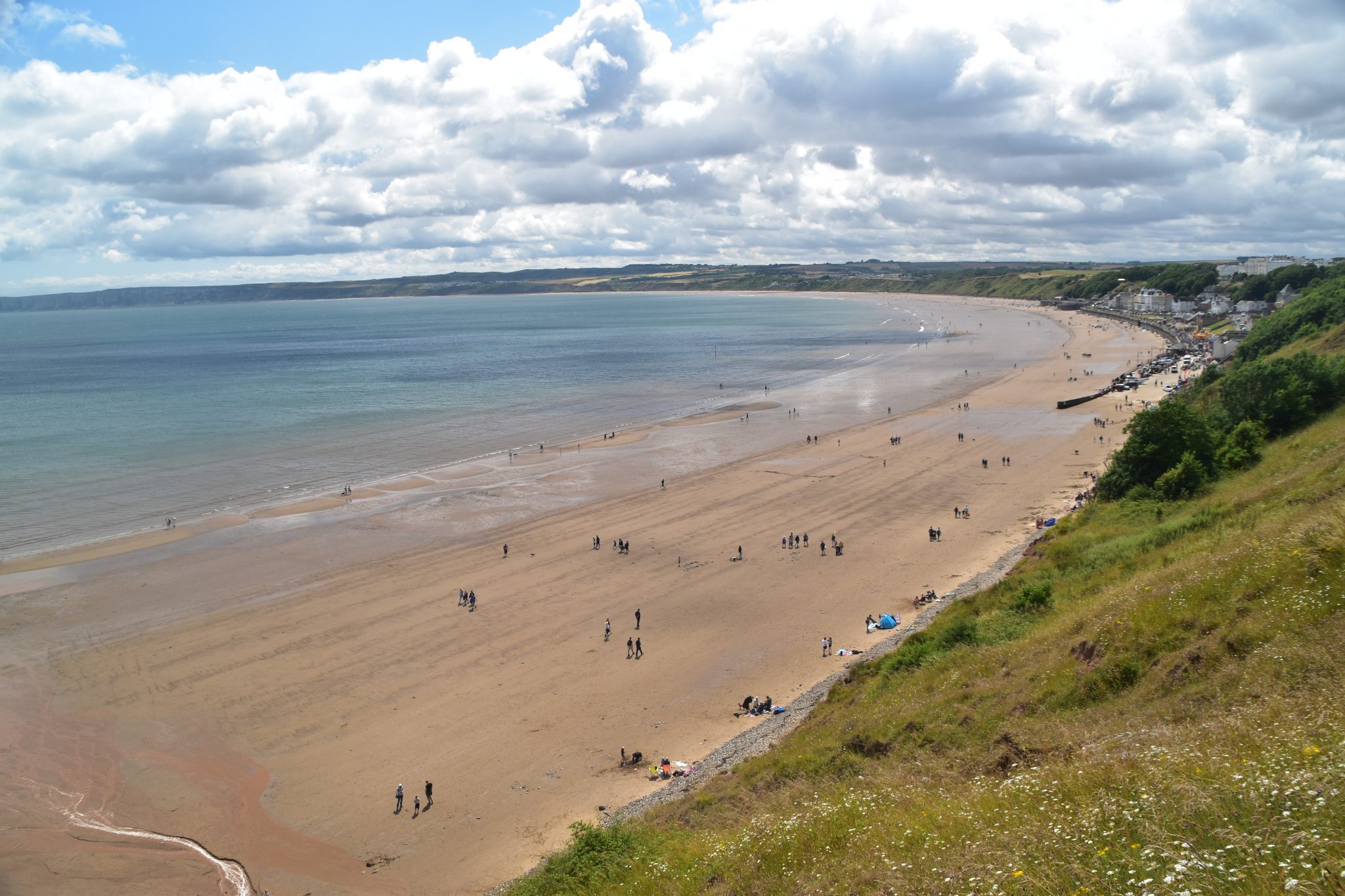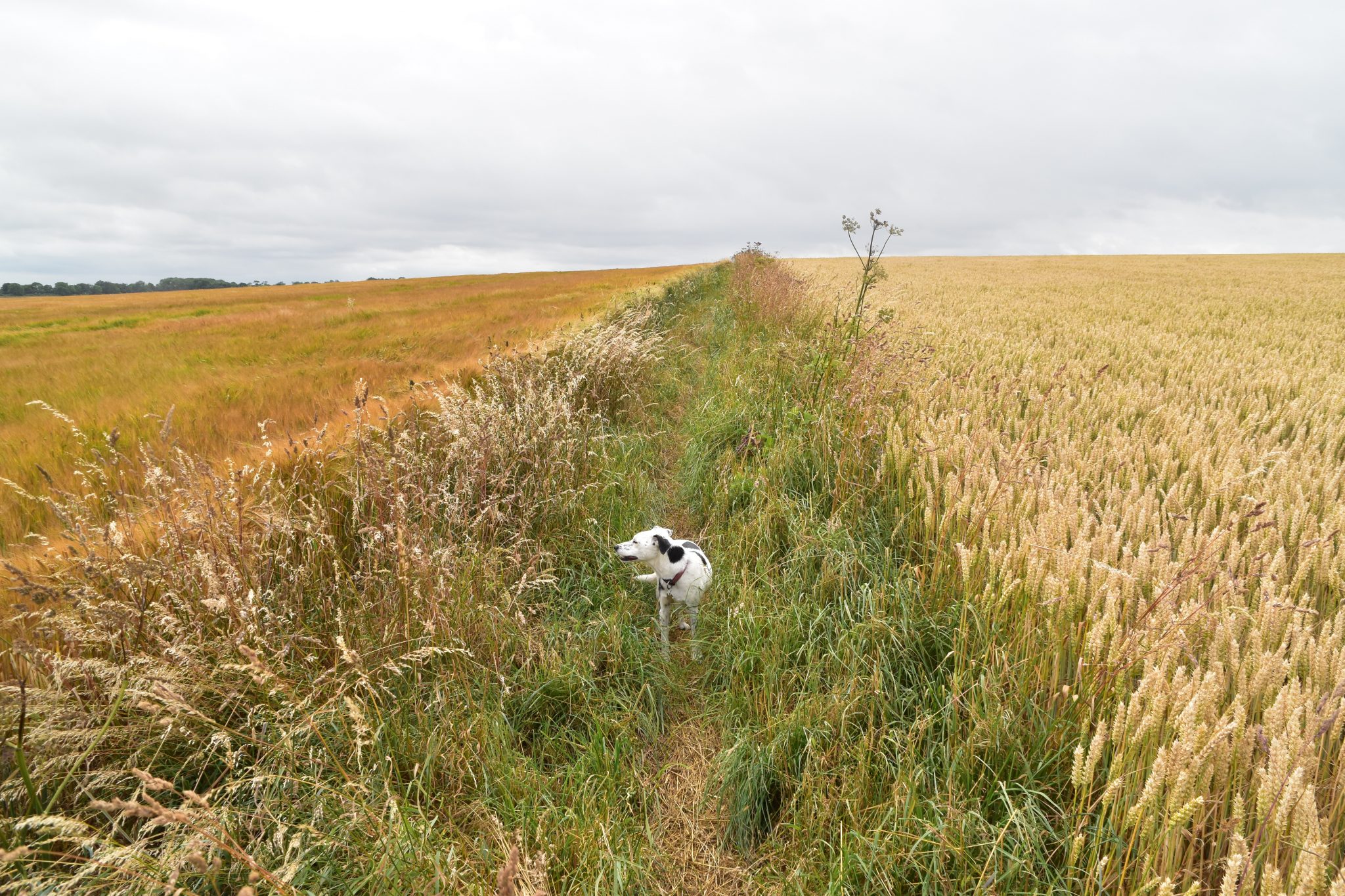The Yorkshire Wolds Way
A short and rather sweet stroll through a forgotten corner of the country
The Yorkshire Wolds Way: The Basics
WHERE: In the backwaters of Yorkshire, the Wolds Way runs north from the mighty Humber River to the North Yorkshire coastline.
LENGTH: 76-78 miles, making it the shortest National Trail and the shortest walk on this website too.
TIME REQUIRED: 4-7 days
NATIONAL TRAIL: Yes
STARTING POINT: Hessle, a nine-minute train ride from the city of Kingston-upon-Hull (usually shortened to just ‘Hull’).
END: Filey, on the Yorkshire coast, where the Cleveland Way ends (the two trails are occasionally combined to make one 200-mile-plus walk).
DIFFICULTY: Average. Though it’s the shortest National Trail, don’t make the mistake of equating distance with difficulty. There are some short sharp ascents and descents, and the amenities en-route are sparse. That said, it’s easy to navigate your way along the path and as long as you plan for those stages where facilities are few, it’s straightforward enough.
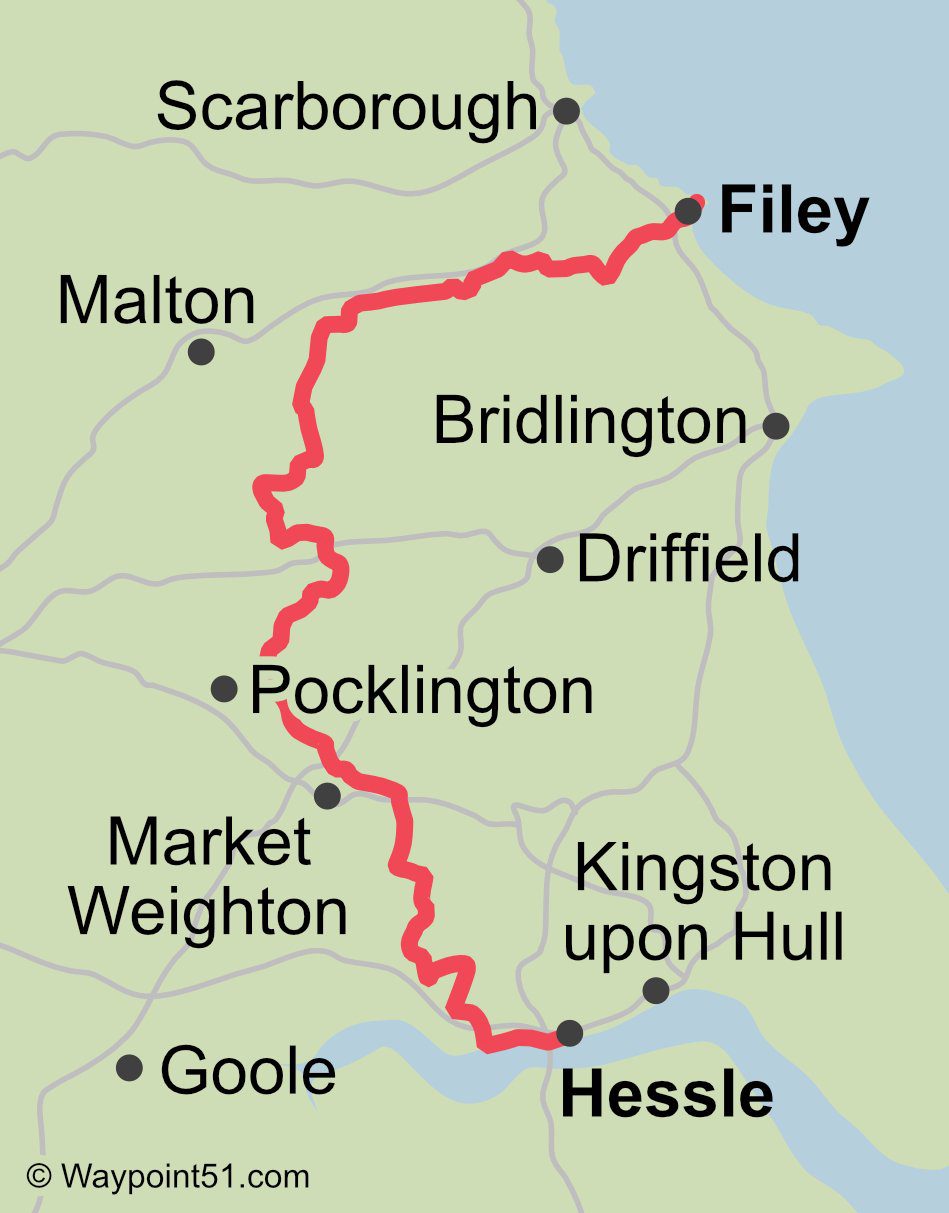
Introduction

The Yorkshire Wolds Way is proof that you shouldn’t confuse distance with difficulty. This is the shortest National Trail at just 78 miles, and we completed the whole thing in three and a bit days.
But that doesn’t mean that we found it easy. I found the South Downs Way, around a third longer at just under 100 miles, to be easier. I even think the Thames Path, at almost 200 miles, and thus almost three times as long, is, in some respects, more straightforward than the Yorkshire Wolds Way.
That’s not to say that the Wolds Way is a difficult walk. It’s really not. There are a few short steep sections, but nothing too dramatic. The trail is also very well signposted, like all National Trails, ski navigation is pretty straightforward too (indeed, as this post proves, for large stretches you don’t even need a map or guide book to walk this long-distance trail)….
Should you ‘walk the Wolds’?
Useful info for Wolds Way walkers
Transport to and from the path
 If you’re starting at the southern end, you’ll have little problem getting to the start of the trail. Trains aren’t that frequent (around 1/hr), but take only nine minutes from Hull to Hessle. Buses are far more frequent but take almost twice as long.
If you’re starting at the southern end, you’ll have little problem getting to the start of the trail. Trains aren’t that frequent (around 1/hr), but take only nine minutes from Hull to Hessle. Buses are far more frequent but take almost twice as long.
At the other end of the trail, however, things are only a touch more tricky. It’s a 15-20 minute walk from Filey Brigg to the station, where you’ll have to catch a train to Scarborough, and from there a Trans-pennine train to York, where you can catch a train to most parts of the country. Alternatively, there are buses and trains to Hull – where, again, you can catch a train to most parts of the UK.
There are also National Express coaches to and from both Filey and Hull.
Transport along the Yorkshire Wolds Way
Transport along the trail is very poor. The main problem is that there is usually no one bus that runs along the Wolds Way, so getting between two points that are both on the Way usually means you have to take two buses at least. In other words, to get from point A to point B, both of which re on the Way, you usually have to catch a bus from point A to Point C first, then catch another bus from there to point B.
These transport hubs include Scarborough and Malton (for the northern part of the Way), Driffield and Pocklington (for the central part), and then Hull (for the southern part of the trail).
It should also be pointed out that many of the places en route have no bus service at all, so you may spend half a day walking to somewhere that has.
Our advice, therefore, is to only take the bus if you really have to, and be prepared for a long and complicated journey.
Walking the Yorkshire Wolds Way with a dog
It’s not a problem walking the Wolds Way with a dog; indeed, it’s rather pleasant, particularly given the relative lack of roads that you need to cross. There is one major problem, of course; the Way does cross a lot of fields with cows and sheep in them, so you’ll need to keep your hound on a lead in these places. What’s more, many of these fields are in remote places and there probably won’t be anyone around to help you should you get into difficulties.
There are also several places with ground-nesting birds; once again, keep your dog on a lead in these places so as not to disturb them.
But overall you’ll also find lots of places where your dog can run free and enjoy itself as much as you are!
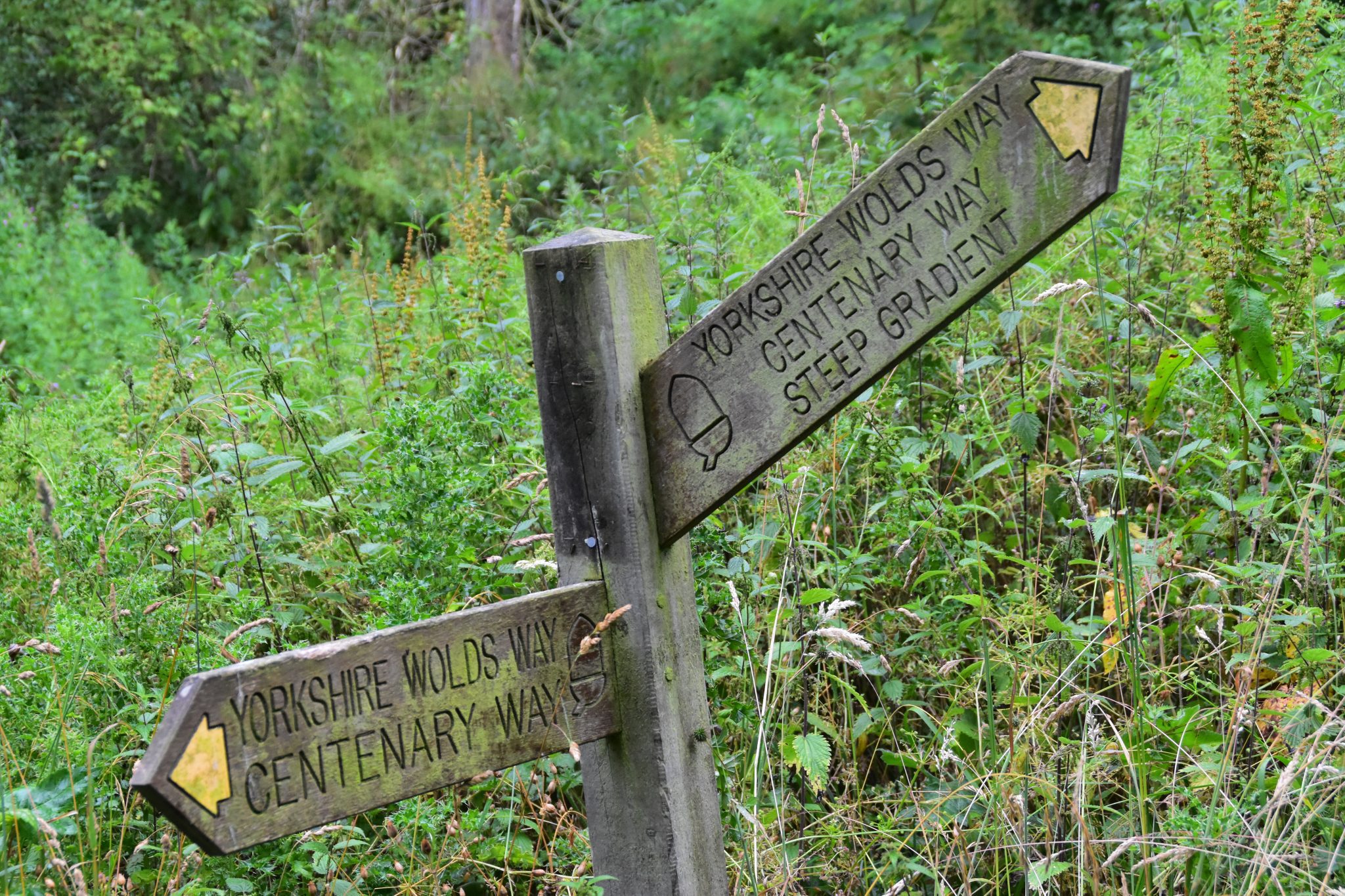 So where might I get lost? As always, the Wolds Way, as a National Trail, is well signposted and it’s hard to lose your way. Indeed, we’ve written an entire post on whether it’s possible to complete the Wolds Way without a map, and while we didn’t quite manage to, the very fact that we even attempted to is some proof that navigation is fairly straightforward. As we mention in the post, you’re actually most likely to lose the path when you’re in a village, as these are the places where, for whatever reason, the signs often disappear or are more difficult to spot. Once on the trail, however, navigation is fairly straightforward. I also had trouble finding the path out of Wharram Percy, the deserted medieval village – though again, this only delayed me by a couple of minutes before I found the trail once more.
So where might I get lost? As always, the Wolds Way, as a National Trail, is well signposted and it’s hard to lose your way. Indeed, we’ve written an entire post on whether it’s possible to complete the Wolds Way without a map, and while we didn’t quite manage to, the very fact that we even attempted to is some proof that navigation is fairly straightforward. As we mention in the post, you’re actually most likely to lose the path when you’re in a village, as these are the places where, for whatever reason, the signs often disappear or are more difficult to spot. Once on the trail, however, navigation is fairly straightforward. I also had trouble finding the path out of Wharram Percy, the deserted medieval village – though again, this only delayed me by a couple of minutes before I found the trail once more.
Camping and accommodation along the Yorkshire Wolds Way
Camping along the Yorkshire Wolds Way is not straightforward. There aren’t that many campsites along the trail – at least not enough to cover every night of your trek, that’s for sure. And while it’s possible to wild camp – it is, after all, quite a quiet trail with plenty of quiet fields and woods where you can pitch up for the night – it’s also illegal in England, of course.
The only two campsites really near the trail are the one behind the Seaways Cafe at Fridaythorpe; and the West Farm Campsite above West Heslerton.
The hostel situation along the Wolds Way is no better, with no hostels or bunkhouses along the trail, though I believe there’s one in Hull.
As for B&Bs and hotels, there are a few of these though again not a huge supply; thankfully, demand is pretty low too due to the Way’s lack of popularity.
Facilities along the Yorkshire Wolds Way
Dangers and annoyances
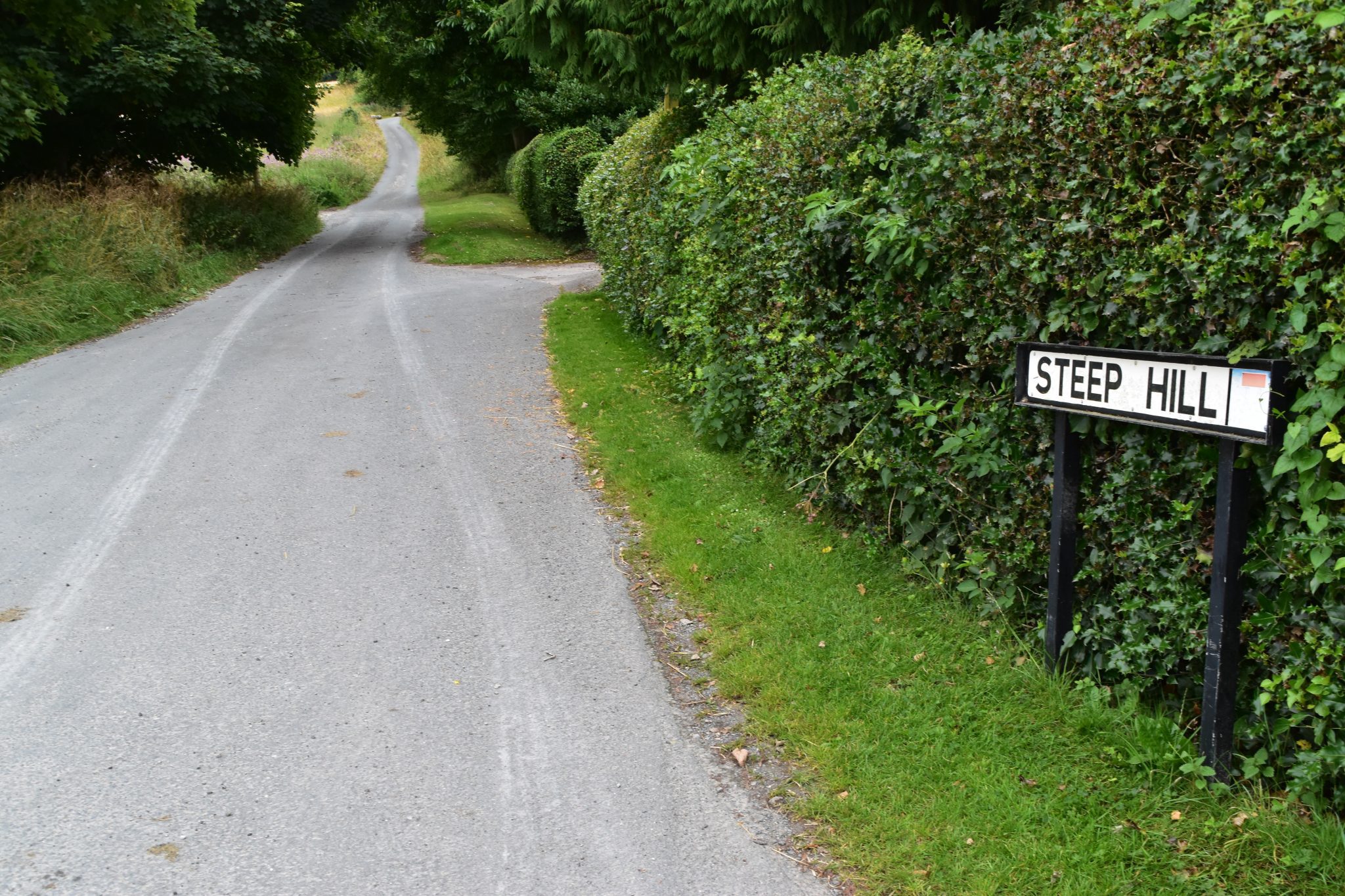 As always, the weather is always a potential hazard on a British trail, and the Wolds Way is no different. Indeed, as we mention above, the weather we suffered on this path was the worst we’ve had on any long-distance trail, and apart from a brief few minutes at Filey we didn’t see the sun the whole time. Walking, soaking wet, along a lonely trail wasn’t much fun.
As always, the weather is always a potential hazard on a British trail, and the Wolds Way is no different. Indeed, as we mention above, the weather we suffered on this path was the worst we’ve had on any long-distance trail, and apart from a brief few minutes at Filey we didn’t see the sun the whole time. Walking, soaking wet, along a lonely trail wasn’t much fun.
Other dangers: well you do cross plenty of cow fields, plenty of them with bulls in too, which can always be dicey, particularly if you have your dog with you.
Oh, and I have to say that a couple of the gradients that you have to tackle, while not particularly lengthy, are very steep. These short stretches are amongst the steepest gradients of any national trail and the chances of falling over are high. Twisted ankles (or worse) are, of course, always possibilities.
Tips and hints
1. It is well known that one end of the Yorkshire Wolds Way joins up with the end of the Cleveland Way. It’s therefore not unusual for people to combine the two National Trails into one 200-mile plus walk. This is not a bad idea, but there is just one downside: the problem is that both of the trails are usually walked in such a way that Filey Brigg is the final destination.
In other words, the best way to walk the Cleveland Way is to start at Helmsley and end at Filey Brigg. But the usual way to walk the Wolds Way is to start at Hessle and head north to Filey Brigg. Our advice is: don’t worry. We walked the Wolds Way in the ‘wrong’ direction, ie starting at Filey and ending at Hessle. And while you don’t get to finish the walk at the coastline, which is always lovely, it’s still a great walk. Ending the walk at the Humber is great, with the Humber Bridge itself acting as a dramatic ‘finishing tape’. It’s also easier to get away from Hessle, and Hull, than it is from Filey. And the walk itself is, I imagine, just as great as if you walked it in either direction.
2. Do bring some coins for any honesty boxes you may encounter en route. There aren’t that many as I recall, but with so few places to eat on the way, any opportunity to buy food shouldn’t be passed up.
3. Don’t do as we did and walk without a guide book. I can say this without bias, as there is currently no Trailblazer book about this path, so you know I am not trying to sell anything. But reading up on the Wolds Way afterwards, it’s clear we missed out on a lot, and I regret that. A simple investment in a guide book would have paid handsome dividends.
The Yorkshire Wolds Way: Further info

